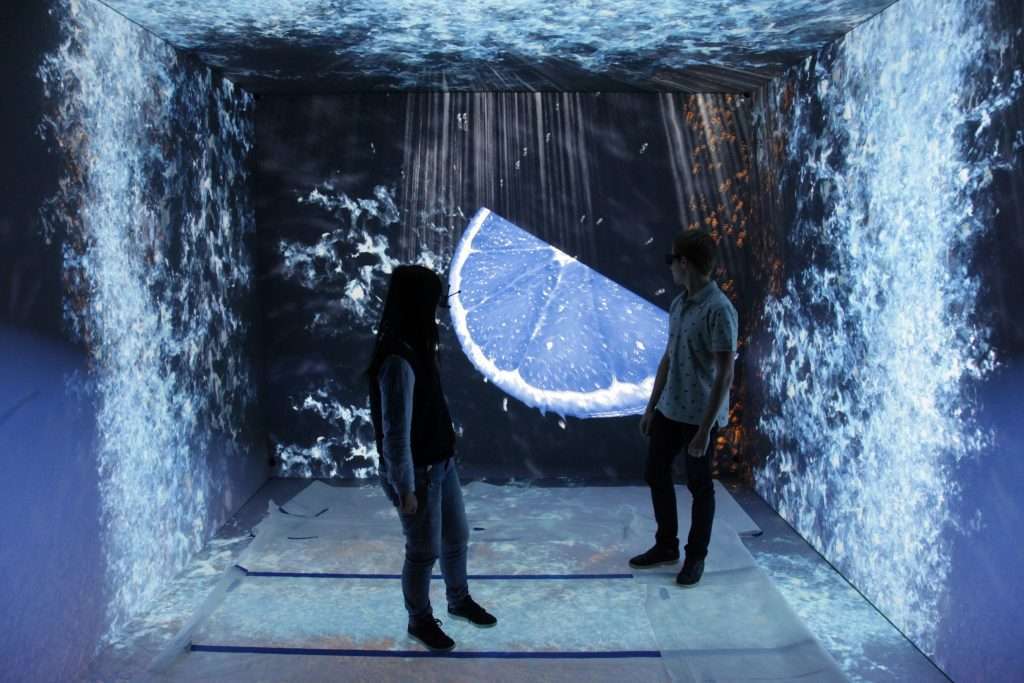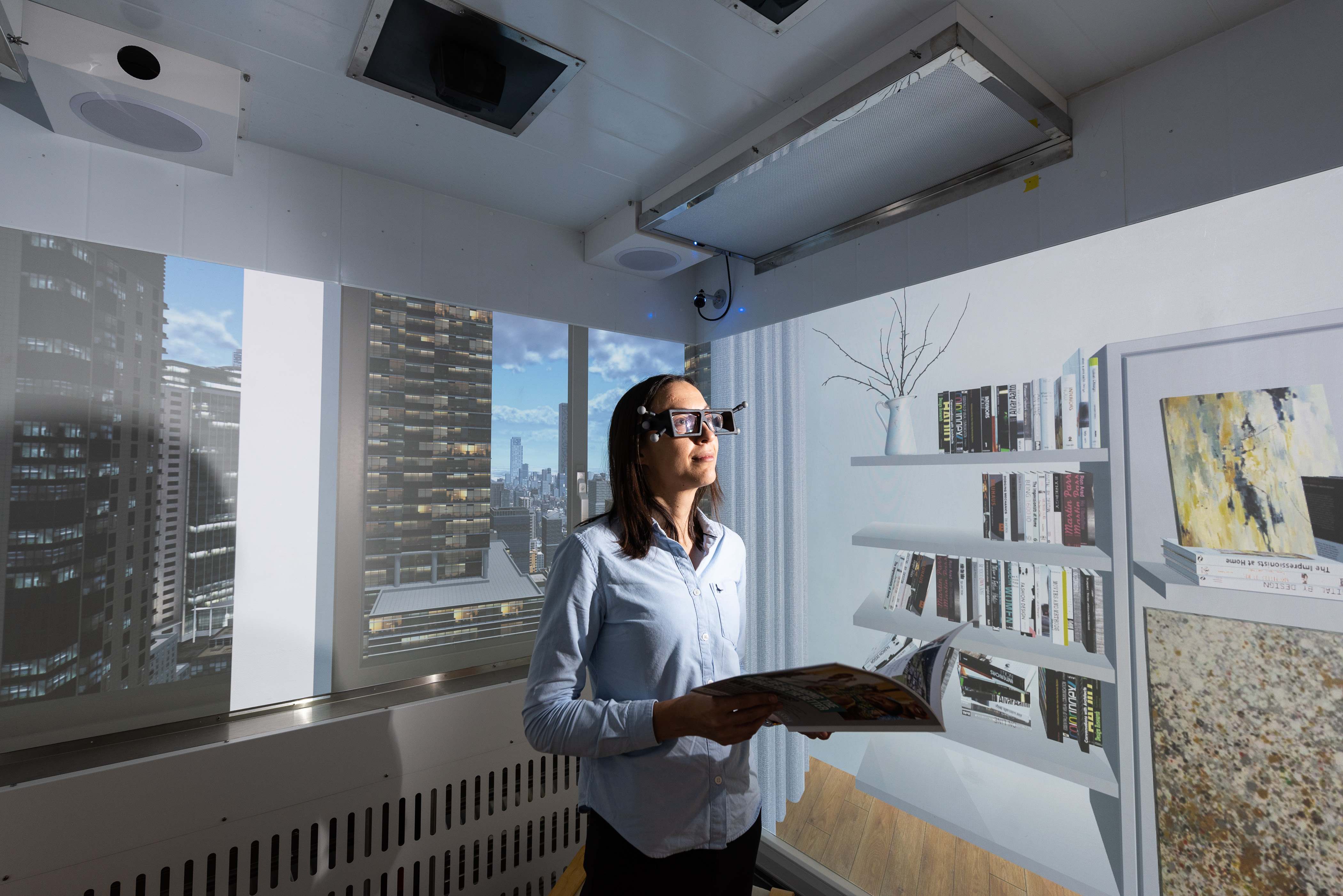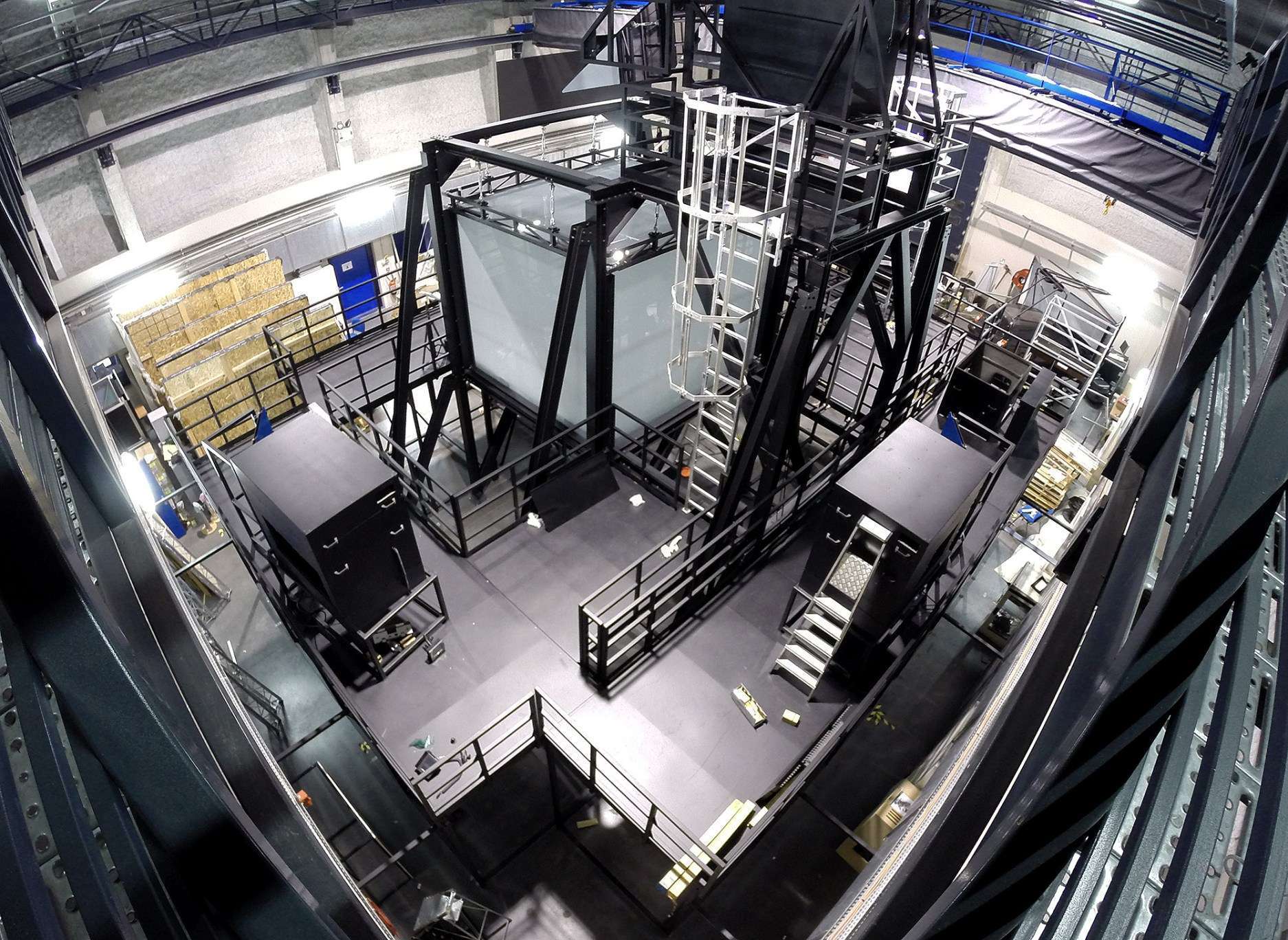Surely and steadily, virtual reality (VR) is moving into the business mainstream.
Enterprise VR is on the rise because more companies are becoming aware of its multiple uses, as well as the benefits they offer.
These uses cover every stage of a product's lifecycle, from research and development, product design and manufacturing, through to marketing and sales.
The benefits of using enterprise VR include:
- Time and cost efficiencies and savings
- Improved productivity
- Enhanced customer experience.
VR is both a platform and a tool, offering immersive experiences and enabling and encouraging collaboration and communication.
ST Engineering Antycip is at the forefront of this evolution, calling on experience and skills developed over the course of the past two decades to offer tailored solutions that precisely meet your requirements and expectations.
Here, we present a series of real-world examples of enterprise VR uses and applications - all of them are projects we have collaborated on with our customers.
Immersive VR as an Industrial Prototyping Tool
The VR CAVE (Cave Automatic Virtual Environment) is an immersive virtual reality room.
This is ideal for virtual prototyping, offering VR capabilities for working on new designs and innovative products. It is now used in a wide range of markets.
The global automotive supplier, Hutchinson, is now using two immersive VR rooms at its Research & Innovation Centre.
Hutchinson designs and supplies innovative engineering products for the automotive, aerospace and industrial sectors.
The company’s designers and engineers have been using the VR CAVE to advance and develop their approaches to prototyping. The CAVE is a four-sided virtual space in which users can manipulate, observe and assess 3D objects.
Its system uses infrared tracking cameras, allowing the individual operator to walk around 3D models in the virtual CAVE space. With a joystick and specialist 3D eyewear, they can move the model around and interact with it.
This enables them to study prototypes at close quarters and assess strengths and weaknesses, before any sort of physical manufacturing takes place.
Future Automotive Design and Traffic System Research
The VR CAVE concept is adaptable for different bespoke functions. This has been the case with the HIKER lab, installed at the University of Leeds.
HIKER stands for Highly Immersive Kinematic Experimental Research. This VR CAVE is currently the largest pedestrian simulation environment of its type in the world.
It is a 9x4 metre walking space, where participants interact with different urban environments and vehicles.
The primary reason for HIKER has been to look at how humans interact with traditional vehicles, and comparing their response to automated vehicles.
It is proving vital in research for automated vehicle (AD) design, and how to configure warning systems for interaction with pedestrians and other traffic at intersections and in busy urban environments.
The big advantage this CAVE-based system enjoys is that it enables safe, repeatable experimental research, that involves no physical risk, while using time and resources efficiently.
Recreating the Past and Visualising the Future

Virtual environments have many possibilities, and CIREVE (Centre for Interdisciplinary Virtual Reality) at the University of Caen, in France, is exploring several of them.
Using a large VR CAVE installation, the centre’s mission is to make VR as accessible as possible for students, lecturers, researchers and external partners, and to create virtual reality projects.
The CIREVE CAVE has a 118 square metre projection surface, providing high resolution, immersive and interactive visualisation of information, data and designs.
With the CAVE’s advanced visualisation capabilities, users can recreate and interact with various historical and archaeological environments, and use vivid 3D historical representations as the basis for in-depth research.
This VR technology also allows for the creation and study of futuristic environments, observing and analysing scenarios that do not yet exist in the real world.
Areas of study and research using the CAVE in these ways include:
- History
- Archaeology
- Architecture
- Art and design
- Literature
- Geography
VR & Driving Simulation

The BlueLemon VR CAVE installation at the Image Institute in France is a valuable research tool for L’École Supérieure des Arts et Métiers.
One of its major applications is as an advanced driving simulator, as part of the LiV Laboratory partnership between Arts et Métiers and Renault.
VR-based driving simulation is a cost-effective tool for researching key aspects of vehicle design such as ergonomics and driver assistance systems.
It also provides a safe testing environment for monitoring driver performance and behaviours.
This immersive VR environment can help with assessing factors that affect driver attention and control such as drugs, alcohol and extreme weather conditions.
BlueLemon’s CAVE-based driving simulation is so realistic that it can predict equivalent real-world measurements when assessing vehicle performance and safety.
This CAVE system enables multiple fields of view and is capable of displaying at 1.2mm sized pixels, to create realistic visual representations of scenarios and objects.
VR as a Human Research Tool

30005 V-Sims Room in ACE (University of Bath), VSimulators.
The VR CAVE at the University of Bath provides an expert research tool where real people are experimental subjects.
It immerses people in different lifelike environments to then study their reactions to a range of structural conditions, such as swaying skyscrapers or bridges.
This immersive environment also offers plenty of scope for creating mixed reality simulations, where the CAVE takes on specific characteristics, such as office accommodation, or a hospital ward.
The multiple options for configuring the CAVE make it highly adaptable for numerous applications, putting humans at the centre of research studies.
The VR experience provided by the CAVE involves the chamber itself, motion-tracking glasses and adjustable programming for visual and audio sensory output.
Users can experience environments that simulate day or night-time conditions, and feel like they are in different types of structures.
What is the ROI of Enterprise VR?
Investing in VR offers companies ways to improve their processes and, in many cases, shorten the time to market of products.
Immersive VR provides unique opportunities for research, design and development while saving on the costs of physical prototyping.
It establishes risk-free testing environments for new technologies such as automated vehicles and advanced traffic control systems.
It can also improve and enhance collaborative working and communication while providing companies with the flexibility they need to structure their workforces remotely.
The ROI of enterprise VR comes with efficiencies and cost reductions, but also in the increased capabilities and opportunities, its multiple applications offer.
ST Engineering Antycip provides expert advice and supplies the very best virtual reality solutions to help your organisation get the most from your VR projects.
For further information about our latest VR enterprise, VR Collaboration and VR applications, please contact us.




















